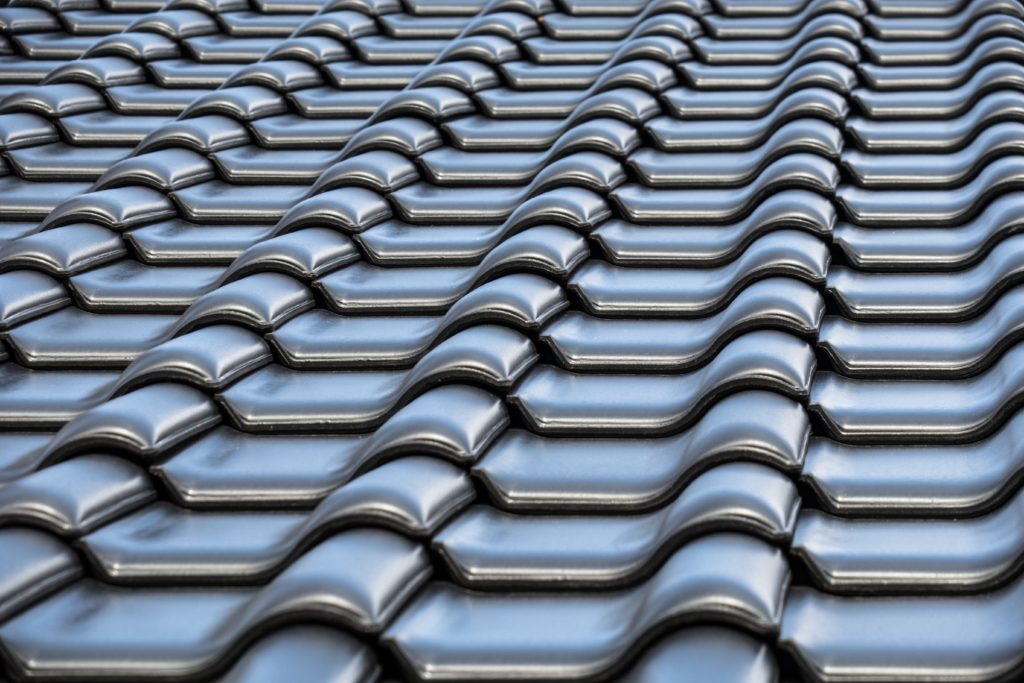
One of the best ways to protect your home and your family is by maintaining, repairing and replacing your roof as necessary. And to prolong a replacement, proper maintenance is key.
Do you want to take care of your roof? Do you want to avoid spending a fortune on repairing damages or replacement? Or are you looking for ways to keep your roof in a good condition with all the shingles intact? Well, you’ve come to the right place. You’ll find below 8 things you can do to increase the lifespan of your roof.
- Take Care of the Gutters
This is the easiest, simplest and quickest step to roof maintenance, so we’ll start with this one. And you most likely know this – this is one of those chores that pops up on almost every homeowner’s spring checklist. Things that amass in the gutters can retain moisture and damage your roof. Removing them is not difficult. Just ask someone to spot you from below as you maneuver around the gutter system. - Moss Is a Problem You Want to Address
Although moss does not seem harmful, it can very well be. The growth of moss can actually damage your roof as it traps moisture. Moisture in general means problems when it comes to your house as it can weaken structures. For a well-maintained rood, conduct regular inspection and regularly remove the moss using environmentally safe pesticides. - Leaves Are Just as Big of a Problem
Remember how we said that taking care of the gutters is the easiest step? Well, this one has to be right on its heel. Leaves in the roof valleys will retain moisture and will damage your roof in the long run. Considering how easy it is to clear the leaves off with a leaf rake or leaf blower, there is really no excuse for them to stay on your roof for a long amount of time. - Overhanging Branches? Prune Them.
While large trees do offer highly cherished shade in the warmest months of the year and do look lovely in the fall, they can be harmful to your house if they hang over your house. Not only can the branches that are weighted down with ice and snow slam into your roof, but the number of leaves that the tree will shed might be overwhelming. You can either prune them yourself (and once you get the hang of it, it will be a cinch) or you can do yourself a favor and hire a professional tree service company to cut the branches that hand just above your roof. - Check the Shingles Every so Often for Damage
This is something you can do on your own. Just grab a ladder and go check the shingles. If there is any sign of damage or wear and tear on the shingles, it might be a good idea to have someone come over and repair them. The sooner you detect the damage, the better it is. - Check the Attic
Attics can let you know well your roof is holding up after a storm. It is a great indication of the performance of the roof, as you will be able to assess weaknesses in the roof from there. Is there daylight peeking through the boards? Are there water stains? These are signs you do not want to overlook. - The Roof Needs to Be Examined Immediately After a Storm
Extreme weather conditions and big storm hits can damage your roof significantly. Whether it’s a windstorm, an ice storm, a snowstorm, or a downpour, you name it, you must have your roof checked by an expert in its aftermath. There are some repairs that might be needed. - Roof Ventilation is Important
For a roof to stay in good condition, it is crucial that the roof is built to breathe. This is especially important if you are planning on purchasing a new house or if you’re just settling into that house. If there is no proper ventilation, heat and moisture will get trapped in your roof. This will lead to the roof rafting and sheathing rotting.

Finally, Schedule Roof Inspection Regularly
Like most things, an annual roof inspection is a job that is best left to the professionals. While there are some things you can do on your own, these professionals are certified and will be able to perform necessary tests and examinations on your roof to detect any underlying damages there may be. You might not be able to perform some of these tests. And even if you research and can do some of these, you might still not detect the failures these experts will. This is because some aspects of roof damage can go unnoticed to an untrained eye.


















